|
We can’t say this enough: video content as part of a digital marketing strategy is the way of the future. According to The New York Times, “We’re entering a ‘post-text world.’ Multimedia will soon dominate every channel. In other words, using writing to communicate with your audience is going out of style, and quickly.” Because there are many types of video content out there, you might not know where to start. If you don’t know which style of video is best suited for your company’s goals, use this article as your helpful guide. Important Video Content Reminders For Your Digital Marketing Campaign Regardless of the type of video you’re creating, if the video content is not entertaining, informative or interesting, it will not be seen. Consult my previous article about creating captivating videos if you need help with your content creation. As I have discussed before, the first step in any content marketing process is to determine the purpose. For example, if your goal is to increase engagement, awareness or education with a short video, you will most likely want to create one for distribution on social media. If you want to inform with a longer video, create it with YouTube in mind. Some of the video content ideas listed in this article will take more time to create than others. Consult your team, resources and timeline before you decide which style you want to invest in. 10 Video Content Types To Consider 1. Company Culture/Meet The Team Videos Your consumers want to get to know your brand and the people behind it. One of the best ways to show your audience your core values, culture, mission and team members is with behind-the-scenes video content. These videos give consumers an inside look at what sets your company apart from the rest, and why your brand deserves loyalty from them. According to Single Grain, “The culture behind a brand is the secret sauce that whets employee appetites and perks up bored, disenchanted consumers.” Additional culture videos include recording office games, employee interviews, birthday and holiday parties, and everything in between. The goal of culture videos is to show that your company is more than just a process. Real humans with personality work at your organization. A bonus of high-quality culture videos is that they can attract new, motivated candidates to your company. 2. Round-Up Videos Round-ups are the video form of listicles. Listicles are easily transformed into video content and are often more engaging to your audience than written text. According to uscreen, the best round up videos are:
3. Behind-The-Scenes Videos Behind-the-scenes video content also helps your business and your brand seem more relatable and less like a corporation. Most audiences enjoy seeing how the content they love is made. According to uscreen, “If you have exclusive insight into a process, project or situation your customers would be interested in, consider making a behind-the-scenes (BTS) video. These are usually less polished than traditional videos and incorporate lots of raw footage. As a bonus, they work for both B2C and B2B brands.” Behind-the-scenes video content also helps your business and your brand seem more relatable and less like a corporation. The more friendly and approachable your business is, the stronger the relationship between you and your audience becomes. 4. Vlogs One of the most popular types of video content across the internet is a “vlog.” This type of short video often showcases one person going about their daily life. For business you can detail what you do on a daily basis at your company, or have team members take turns vlogging on the brand’s behalf. You can even take blogs you have already written and turn them into vlog content. According to Single Grain, “Vlogs are cheap to produce, personality-driven and quite possibly the best bang for your buck in terms of sheer engagement value. Vlogging is a great medium to share a daily journey because of how intimate it is and how easy it is to build a relationship with your audience.” 5. Interview Videos Interview video content often includes two people, where one person asks questions and one person answers them. The difference between an interview that is written versus one that is in video form is personality. Words are a powerful tool to get a message across, however video content is the best way to convey emotion. You can use interview content to introduce new team members, show off brand values and align yourselves with other interesting personalities in your field. You can use interview content to introduce new team members, show off brand values and align yourselves with other interesting personalities in your field. According to Single Grain, “A good interview should follow a set of guidelines like a vlog but feel unscripted. As an interviewer, your job is to make your subject do the talking, not the other way around. A well-done interview video is like a Get Out of Jail Free card for your content calendar, and at the very least is a surefire way to spark some discussion on LinkedIn.” Interview content is relativity easy and cheap to produce and, if you invite other experts in your field into an interview, they may share this content on their own social media sites and introduce your content to a brand new audience. 6. Q&A Videos Q&A, or question and answer segments, are similar to interviews, but instead of you asking the questions, you let your audience ask you questions. This video content also utilizes social media. Ask your social media followers to send you questions, select the ones you want to answer, and then record the video. If you are well-versed with video content, you can also try live streaming a Q&A session. That being said, unless you are comfortable with public speaking and being put on the spot, we suggest sticking to pre-recorded videos; that way you can edit the video in post-production if you need to. Q&A videos also allow your audience to get direct access to your company and show that your business is transparent, giving your brand a boost in digital marketing. 7. Featured Product Videos If you review a product that your company uses and trusts, your audience will start to see your brand as reliable and honest. There are a lot of product reviews in digital marketing, and in our day and age, very few consumers buy products without consulting another source like their friends or internet reviews. If you review a product that your company uses and trusts, your audience will start to see your brand as reliable and honest. According to Biteable, “78 percent of people said that their buying decisions have been influenced by brands’ social media posts. Video is a great way to highlight a product or demonstrate a specific feature. An informal social media post can seem more authentic than an ad and encourage people to click buy.” 8. Tips/How To Videos Information is more available now than ever. Your audience is looking for helpful tips and tricks that they can use to improve their daily life. Does your company have something you can help answer for them? You may want to offer your advice through a video. In fact, according to Biteable, “This type of content is actually one of the most searched for online.” This type of video content will also help improve your brand credibility and the trust your audience has for your brand. 9. Case Studies And Testimonial Videos Anyone interested in your goods or services wants to know exactly what they are getting, so show them! Testimonials are phenomenal for digital marketing, and an outstanding way to show consumers what your product or service is, and that you are proud of it. Anyone interested in your goods or services wants to know exactly what they are getting, so show them!
As uscreen stated, “When it comes to conversion, you can’t beat case studies and testimonials. It’s all thanks to social proof, or the psychological phenomenon that causes people to want something when they see others using it.” Testimonials are also authentic video content. We highly recommend that you don’t use actors to represent your actual clients. This can make your brand seem fake and inauthentic. Stick with real clients to show your audience you value their business. 10. Announcement VideosIs there anything more exciting than a new announcement? Whether you are sharing a new product, opening a new location or hosting a new event, an announcement video helps you get you the message across to your audience and cultivates excitement. It is important to note that while your announcement doesn’t have to be funny, it does have to be engaging, so keep your video content short, simple and concise. The right content marketing strategies can bring in exponential results for your business. If you’re ready to build relationships, increase your authority, and educate customers with awesome content, incorporate a little marketing into your business model.
Of course, it’s not enough to just say that content marketing is a necessity. Why is it so important? How can you get the most value from your marketing efforts? These three simple tips will help you keep on top of your game and guarantee that your business doesn’t fall victim to the changing industry. 1. Focus on More Than Content Content alone will only get you so far. Filling your blog with a variety of material is what helps increase authority and welcome engagement from your readers. Content means a lot of different things, such as white papers, research, gated content, and guest posts. For example, take a look at white papers. If you include white papers on your blog or offer exclusive access to one for email subscribers, you may see a significant jump in views. Research shows that 61% of business owners share white papers with their colleagues. Additionally, in 2018, consumers trust blog posts and podcasts as their go-to methods for educational purposes. So, articles aren’t the only way to go anymore. Business owners recognize this shift in consumer attention as well. Helen Croydon, the founder of Thought Leadership PR, doesn’t think that creating content alone will lead to any business. She does, however, think content creation brings an increase in your authority and brand. “Anyone can churn out a blog for their website in order to alert Google their site is active. But very few people understand the principles of storytelling enough to make their content useful to those who come across it,” she said. In order to make your content useful, you should recruit writers who understand the material. As we just learned, consumers still prefer blog posts as one of their top methods for learning new skills. So, an unhelpful blog post could lead to a loss in sales and viewership. According to Croydon, blogs that don’t get to the heart of the issue or listicles are telltale signs that blog content has been churned out by a non-professional writer. Since she used to be a journalist, Croydon also believes that business owners need to create thought leadership rather than content. “The first is a product, that can be easily ignored. The latter is a strategy” she said. “Thought leadership articles aren’t promotional but informative and add genuine value to the reader. But they’re way more effective because the reader will remember you, and even better, trust you.” 2. Adapt With the Industry That said, content marketing has evolved. Oftentimes, business owners wonder whether content marketing is even worth it anymore. Some even argue that the entire practice is dead and shifting towards different strategies, like influencer marketing. But, content marketing isn’t dead, it’s merely changing. The old ways of doing content marketing may have been retired, but that doesn’t mean your business can ignore the practice. Rather than giving up on marketing altogether, reflect on your strategies and see if you can make improvements. If you discover roadblocks in your traffic or lead generation, ask yourself:
Even with talk of the industry’s death, Content Marketing Institute’s 2017 research revealed its importance for businesses. They discovered that 88% of B2B marketers consider content marketing an important component of their organization’s marketing strategy. With all of this in mind, some business owners prefer to shift their focus to other methods. Take Alexander Porter, the head of content marketing at Search it Local. Porter says that it’s still possible to achieve brand recognition and traffic, but it’s “increasingly time-consuming and challenging in content-saturated space.” Instead, he focusses on upgrading his content and thinks others should follow suit in 2020. “By that I mean, take your old content, find out what was having minor ranking success, and upgrade it. Look to add layers of value,” he said. “Since you published your content, what has changed in your industry? What experts can you speak to with inclusions of their commentary? What stats are now out of date? Consider contacting prominent micro-experts in a roundup and add their input.” Porter believes these two have a dual effect on improving your previous content and allowing you to rank for keywords you already target. “But it will also create valuable relationships with industry experts who may share your content,” he said. “By including their opinions and encouraging them to share your upgraded content, you’ll benefit from a hit in traffic. The positive user signals on-site all contribute to better SEO rankings.” 3. Remember Progress Takes Time With content marketing undergoing significant changes, it’s tough to keep up with the industry. Marketers with years of experience still spend good chunks of their time monitoring current trends. Regardless of which marketing strategy you decide to deploy, remember that progress takes time. Neil Patel’s research shows that businesses should expect to see results after 6-12 months. This isn’t to say that your marketing efforts will increase traffic by triple digits. But, solid tactics should bring in some traction after about six months. Aqsa Tabassam, the growth marketer for Brandnic agrees with this. “You can’t expect miraculous results within a few months or even a year,” she said. “Instead of boosting my traffic with paid ads, I found it more fruitful to focus on quality content marketing.” Tabassam added that her main focus was to retain consistent organic traffic with her content. So, in addition to content marketing, she also focusses on evergreen blog posts. With this strategy, the older some of her content gets, the better it does. In the end, she believes that content marketing is for patient and optimistic people. “It takes courage but pays off in the long run,” she said. “Apply smart content marketing strategies, be patient, keep going, and get ready to see results.” Final Thoughts Content marketing can do a great deal for your business. Keep in mind that it takes some patience, but the proper strategy should bring in results after 6-12 months. You’ll also want to ensure that your business keeps on top of the latest content marketing trends and doesn’t fall by the wayside when further evolution occurs. If you want to attract high-paying clients, what insights can you give away for free and can you do it in story form? After all, humans are hardwired for stories.
“Marketing is storytelling, and great storytelling transcends languages and cultures.” That is advice from Ross Kimbarovsky on how to create content marketing unicorns. Following a 13-year career as a successful trial attorney, in 2007 Kimbarovsky founded crowdspring, an online marketplace for crowdsourced creative services, where he serves as CEO. In today’s vernacular unicorn is shorthand for something that is a rarity, and great content marketing is rare. Content marketing is creating and sharing online material that does not explicitly promote a product, service, or brand but is intended to stimulate interest. To stimulate more interest in your brand, here are tips from Kimbarovsky that will help you create your own client-attracting content marketing unicorns: The best content is concise and easy-to-read. “People don’t read marketing copy,” says Kimbarovsky. “They scan. You need to get to the point. Fast. The way you organize your content and the words you choose are important. Edit ruthlessly.” Kimbarovsky contends active voice is always better than passive voice. “Use active voice whenever possible. That’s because active voice is easier to read and more concise than passive voice.” He says to compare the following two examples: Both statements are correct. But the passive statement de-emphasizes the subject (the customer) in favor of the object (the product). When you’re writing marketing copy, your goal should be to connect with the customer, not with the product. “And, importantly, active voice is nearly always more concise than passive voice,” says Kimbarovsky. Connect your content to your audience. “Stories help shape beliefs and also help people remember the things you want them to remember,” says Kimbarovsky. “Stories are powerful because they can create a mythology around a brand. And it helps that people love to hear stories about themselves and about others.” Kimbarovsky advises when you create content, consider:
“For example, on the crowdspring blog, we offer numerous opportunities for people to get free guides on a variety of topics,” says Kimbarovsky. “When people search for how to start a business and read our article on that subject, we offer them a free brand identity guide (this is a call-out in the article). Our call-out clearly and quickly articulates why our readers should care about the guide and how it will help them.” Emotion trumps logic. “Companies like Apple have shown that people respond better to emotional appeals than intellectual ones,” says Kimbarovsky. “While Apple touts the features found in its products, their print and video marketing always focuses on emotion. People intend to make rational decisions, but often make emotional decisions instead. Anyone who’s bought something on impulse knows this well.” Don’t forget to ask for something. “No marketing copy is complete without a call to action. Or CTA,” says Kimbarovsky. “The CTA is the moment in your copy when you stop making your case and ask for what you want. That’s the marketing part of content marketing. A call to action should always be clear and concise. For example, when people are looking for custom logo design for their business, we bring them to a landing page on our site that explains that product offering. And our main call to action there is ‘Get started (no obligation).’” Pick the right social channels to share content. “Before you invest time developing and sharing content on a social network, consider whether your customers are likely to be using that network,” says Kimbarovsky. “Having 10,000 friends or followers is great, if most of them are customers or prospective customers. Sharing content with non-customers might make you feel good, but it will not help your business.” Here is the bottom line for Kimbarovsky: “Most marketers and companies fail with content marketing because they focus on content and ignore marketing. If your company wants to develop a relationship with people who read and engage with your content, then the marketing part of content marketing deserves as much of your focus as the content.” For Dimson, immediate priorities include elevating the brand’s digital marketing efforts and streamlining its technological integration to improve the guest experience and support franchise owners’ in-market efforts. Your Pie announced the hire of Lisa Dimson as the brand’s first Chief Marketing Officer. An industry veteran, Dimson brings more than 15 years of restaurant marketing experience, plus a robust understanding of the fast-casual landscape, having held leadership positions with brands like Yum! Brands, Arby’s Restaurant Group, and Tropical Smoothie Cafe LLC.
As Chief Marketing Officer, Dimson is responsible for enhancing marketing strategy and brand development at both the national and store levels, with specific focus on leveraging technological innovation to raise brand awareness among new audiences and drive store sales. “Within her first few weeks, Lisa has already proven a tremendous asset to the Your Pie team,” says Chief Operating Officer Dave McDougall. “Her background, expertise and deep understanding of our industry allow her to see unique opportunities to amplify the Your Pie experience across the system. We look forward to how Lisa will shape and influence our brand, both currently and in the years to come.” For Dimson, immediate priorities include elevating the brand’s digital marketing efforts and streamlining its technological integration to improve the guest experience and support franchise owners’ in-market efforts. “Your Pie invests heavily in supporting its franchise community, and marketing is no exception,” Dimson says. “My vision is to raise the bar for how we leverage marketing technology and accelerate Your Pie’s efforts beyond the industry standard to become a true leader in the space.” In addition to Dimson, Your Pie also welcomed Ashley Williams as its new Director of Training. Before joining Your Pie, Williams spent 13 years in training and operations at Outback Steakhouse, where she led training for the Southeast market, opened 20 new locations and developed the brand’s delivery training materials. As Director of Training at Your Pie, Williams’s responsibilities include developing a more robust training system for the brand, implementing a digital training platform and delivering effective training programs for franchisees to create an exceptional experience for guests. Heading toward the end of the year, Your Pie plans to continue positive growth momentum, having opened nine new franchise locations during Q3. Between July 1 and September 30, Your Pie welcomed four new Florida locations in Brandon, Jacksonville, Melbourne and St. Johns; four new Georgia locations in Dahlonega, Dublin, Fort Oglethorpe and Winder; and one new Texas location in Cypress. These third-quarter additions bring Your Pie’s total brand footprint to 70 restaurants nationwide, with plans to grow its presence in Georgia, North Carolina, Florida and Virginia during Q4. “We’re thrilled to have grown Your Pie by nearly 15 percent last quarter,” says VP of Development Ken Caldwell. “Our growth is a testament to the hard work of our team, the commitment of our franchisees and the continued demand for high-quality fast-casual dining. As we round out the year, our focus remains fixed on supporting the franchise system as our teams work to create an unforgettable experience for guests.” Your Pie was founded in 2008 by culinary entrepreneur Drew French, who aimed to create a first-of-its-kind restaurant concept offering high quality, brick-oven pizza at incredible speed. While family recipes and Italian culture helped lay the foundation for its processes and exceptional quality, Your Pie has continued to build upon this foundation with new ingredients, innovative recipes and endless choices to create a pizza experience with traditional roots, but a flair all its own. Editor's note: While this article focuses on email marketing for restaurants, the information, links to resources, and tips and advice are easily applied to other industries. In today's hyper-visual world of social media, it may seem like email marketing is a little old-fashioned. Isn't it all about the Instachats and Snapgrams these days? Not necessarily! While social media is an important marketing tool, don't discount the value of email. More than 90% of Americans use email, compared with 69% who have at least one social media account. And the return on investment (ROI) for email marketing is great -- up to $44 for every $1 spent! But you have to know some best practices if you're going to see results like that. So I'm going to walk you through the basics of how you can use email marketing to boost sales and earn more revenue for your restaurant. 1. Get set upBefore you can start email marketing, you'll have to do some basic setup and start collecting email addresses. First, let's talk about how you can build your list. Build your email listIf you're going to do email marketing, you'll obviously need people to market to. And that means collecting a list of email addresses. There are a variety of ways you can do this, and it's probably a good idea to combine a few of them. To start, provide a spot on your website where people can sign up. You may not get your highest volume of sign-ups this way, but you'll get some. And anything you can do to pad out that email list is a good idea. A quicker way to collect email addresses may be to use a service like Zenreach or Social Wifi. With these services, guests have to enter their email addresses to log on to your Wifi at the restaurant. The email addresses then get saved in a database that you can use to send out email messages. You can also collect email addresses if you do any kind of online ordering. When customers enter their email addresses for their order confirmation, include a checkbox where they can opt in to receiving your marketing emails. Select your email platformSome of the email collection services, like Zenreach, will also let you send out your emails directly through their portal, saving you the step of uploading your contact list. But you have other options as well. Some of the most popular are Mailchimp and Constant Contact. These sites include simple tools that let you design professional-looking emails. They'll also let you segment your list (which we'll discuss next) and track metrics such as open and click-through rates. The software you choose will depend on your needs and budget. There are a lot of options out there, so do some research to figure out which one is right for you. 2. Segment your listOnce you have a list of subscribers and you've selected your email marketing service, you can start sending out messages. But you may not want to just draft one blanket email and send it to your entire list. Instead, consider "segmenting" your audience and sending more targeted emails to each group. A segmented email can get up to 100% more clicks than a non-segmented one! Segmenting simply means you're sending more relevant information to your customers based on their interests and/or demographic. The result is increased engagement and fewer unsubscribes. To start, you'll need some information on your subscribers. One way to collect this is to ask for it when they sign up for your email list. Or you could set up a survey to be automatically sent to each new signup, asking them a few specific questions. If you have multiple locations, you may want to ask for your subscribers' ZIP codes. You can then segment your list based on location. Or you could ask subscribers what they're most interested in hearing about, like food specials or upcoming promotions. Then you can tailor your emails directly to those individual audiences. You could also ask for birthdays. Set up an email to go out to each subscriber on their birthday, offering them a free appetizer or dessert if they celebrate at your restaurant. Another option is to segment based on subscriber behavior. If you have a group that opens and clicks through on every email, you can send them a promotion or invitation to a VIP event as a thank-you for their loyalty. 3. Include a CTAOnce you've decided on your message and written your email, always add a call to action (CTA). A clear call to action tells your customers what you want them to do next. What you choose depends on the purpose of the email. CTA contentAre you trying to build excitement for your new menu? Then "View the Menu" might be a good option. If you are trying to sell tickets to a big dinner with a guest chef, "Book Tickets" or "Reserve a Table" may be best. Some other options:
Having a single CTA in your marketing email can increase clicks by 371%! But this isn't a case of more = better. Your CTA needs to be clear. So don't muddy the waters by adding more than one. You're asking your readers to take a single step to get them closer to making a purchase. By asking them to "View the menu" and "Book a reservation" and "Learn more," you'll dilute the effectiveness of your message. CTA appearanceIt's also important that your CTA be visible and clickable. There is some conflicting data out there as to whether a button or a link is better. But a couple of things to keep in mind:
So a CTA button may be the better choice. You can test buttons and links to see what gets you the best results. Bonus tip: Try using the first person on your CTA. Instead of "Book Your Reservation," you could say "Book My Reservation." One test indicated that using the first person could improve click-through rate by 90%! 4. Keep it cleanReaders spend an estimated 15-20 seconds reading an individual email. So you don't have much time to hook their attention. Maximize the time your readers spend with you by presenting a clean, easy-to-read email. Select one or two themes for your email, instead of packing it full of information. Keep it skimmable. This means keep your paragraphs short and to the point. Most of your subscribers aren't going to read thousands of words, so try to stay brief. Break up large chunks of text with a few pictures, but don't go overboard. Large photo files can be very slow to load, especially on mobile. Once your email is set up to your satisfaction, make sure to send yourself a preview so you can see how it will look in your inbox. If you can, send it to several different email platforms, like Gmail, Yahoo, Apple Mail, and Outlook. Different email programs all have their own little quirks, so you want to make sure everything is displaying correctly. You can also use a service like Litmus, which will show you how your email will appear on dozens of different email platforms. 5. Write a great subject lineOnce you've spent time drafting your email and perfecting your layout, don't undo all your hard work with a lackluster subject line! The subject line is the single most important part of your email. You could have the absolute best marketing email of all time, but if the subject is crummy no one will read it. Invest some time in your subject line, and don't go with the first one you write. In fact, a lot of the top copywriters will write 20 to 30 subject lines - per email! - and then pick their favorite. Once you've chosen a couple of subjects you like, test them with an A/B test. This is also known as a "split test." Send Version A of your subject line to a limited number of subscribers -- let's say 100. Send Version B to 100 different subscribers. Send your email to the rest of the list using the subject line with the best open rate. Here are a few more tips for subject lines:
So make sure to specify your preview text. 6. Make it mobile-friendlyThese days, we're checking our email on our phones more than anywhere else. In fact, 66% of emails are opened on mobile, whether it's a phone or a tablet. So it's vital that your email looks as good on a tiny phone screen as it does on a desktop computer. The best way to do that? Use a "responsive" email template. A responsive email will automatically adjust itself depending on the device being used. This is one of the reasons you'll want to use an email service. Companies like Mailchimp have built this responsiveness into their templates. You can trust that your email will automatically resize for mobile, whether it's an Apple, Samsung, or Google phone. And to make sure photos don't slow your load time too much, reduce their size with a service like JPegmini. The smaller size will load more quickly without sacrificing image quality. 7. Provide valueThe best way you can increase open rate and reduce unsubscribes is to provide value. If you consistently provide well-designed, informative, and entertaining emails, you'll keep your readers. Respect the privilege you're being given, and don't just ask for the sale. Give something back to your readers. If it's appropriate for your restaurant's tone, try to make people laugh with clever copy or funny images. You could also share popular food or cocktail recipes so readers can recreate some of their favorites at home. Or provide a little education. If your restaurant has a focus on animal butchery, do a short tutorial on the different parts of the cow.
Focus on what you can give back to your readers, and they'll stick with you for longer. Conclusion Email marketing is a tool every restaurant should have in its arsenal, whether they're promoting pizza or fine dining. It's the most effective way to share your messages and updates with customers. And it's affordable! Most email marketing platforms offer a tiered pricing system based on the size of your list. So you can start out at a low price point as you build your skill. Remember, the first step is to start building your list. So even if you're not ready to send any emails, the time to start gathering addresses is now! |
Marcus Guiliano
Catch up on my current posts along with industry articles Archives
March 2020
Categories |
Marcus Guiliano Productions LTD
PO Box 731
Ellenville NY 12428
(845) 647-3000
www.MarcusGuiliano.com
Disclaimer
This site is not a part of the Facebook website or Facebook Inc. Additionally, This site is
NOT endorsed by Facebook in any way. FACEBOOK is a trademark of FACEBOOK, Inc.
DISCLAIMER: The sales figures stated above are my personal sales figures. Please understand my results are not typical, I’m not implying you’ll duplicate them (or do anything for that matter). I have the benefit of practicing direct response marketing and advertising since 2009, and have an established following as a result. The average person who buys any "how to" information gets little to no results. I’m using these references for example purposes only. Your results will vary and depend on many factors …including but not limited to your background, experience, and work ethic. All business entails risk as well as massive and consistent effort and action. If you're not willing to accept that, please DO NOT GET OUR INFORMATION.
This site is not a part of the Facebook website or Facebook Inc. Additionally, This site is
NOT endorsed by Facebook in any way. FACEBOOK is a trademark of FACEBOOK, Inc.
DISCLAIMER: The sales figures stated above are my personal sales figures. Please understand my results are not typical, I’m not implying you’ll duplicate them (or do anything for that matter). I have the benefit of practicing direct response marketing and advertising since 2009, and have an established following as a result. The average person who buys any "how to" information gets little to no results. I’m using these references for example purposes only. Your results will vary and depend on many factors …including but not limited to your background, experience, and work ethic. All business entails risk as well as massive and consistent effort and action. If you're not willing to accept that, please DO NOT GET OUR INFORMATION.







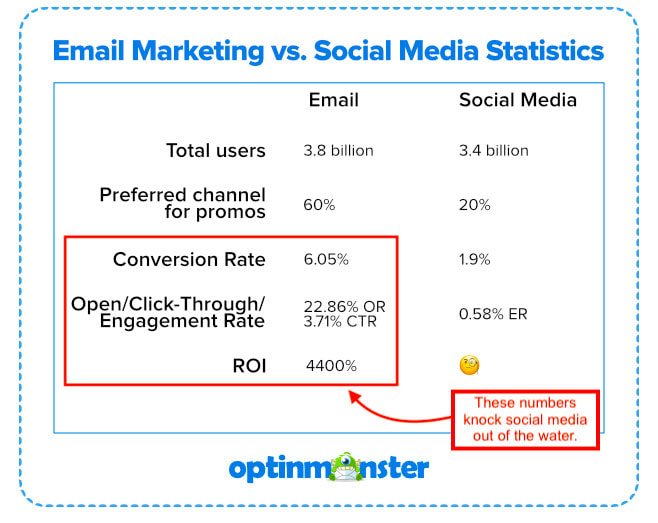
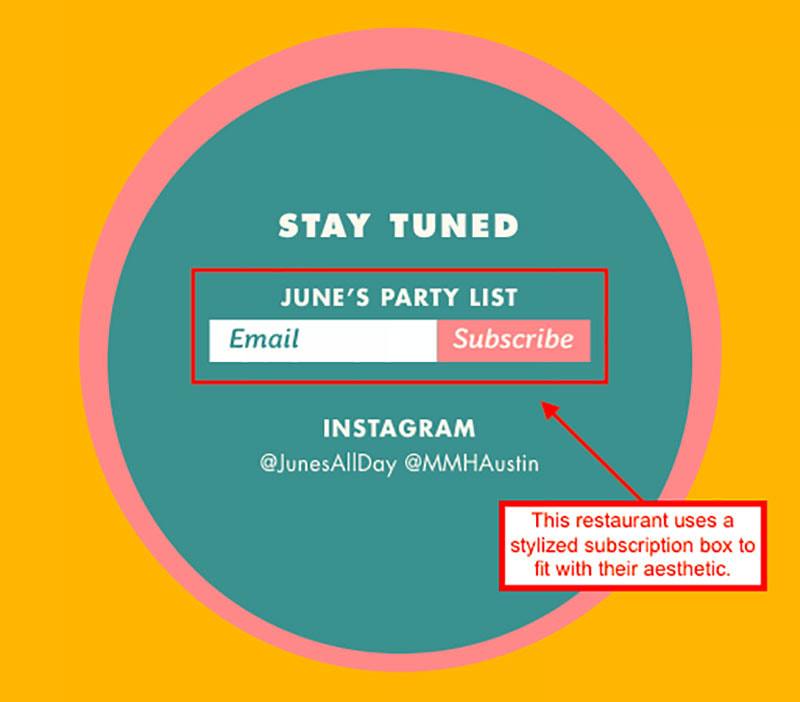
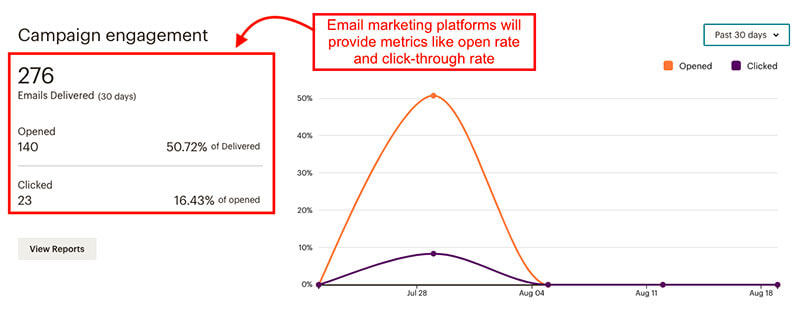


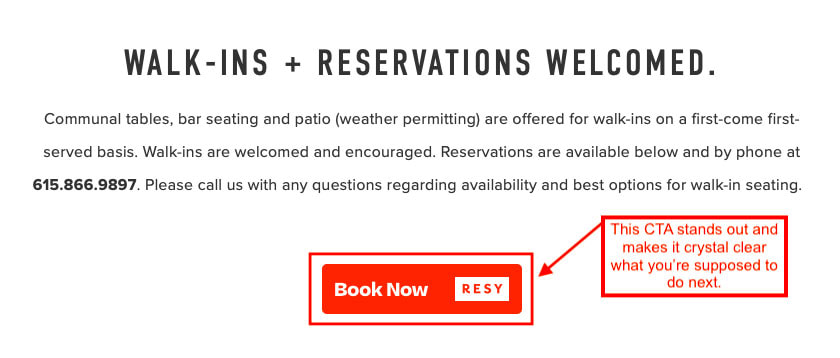
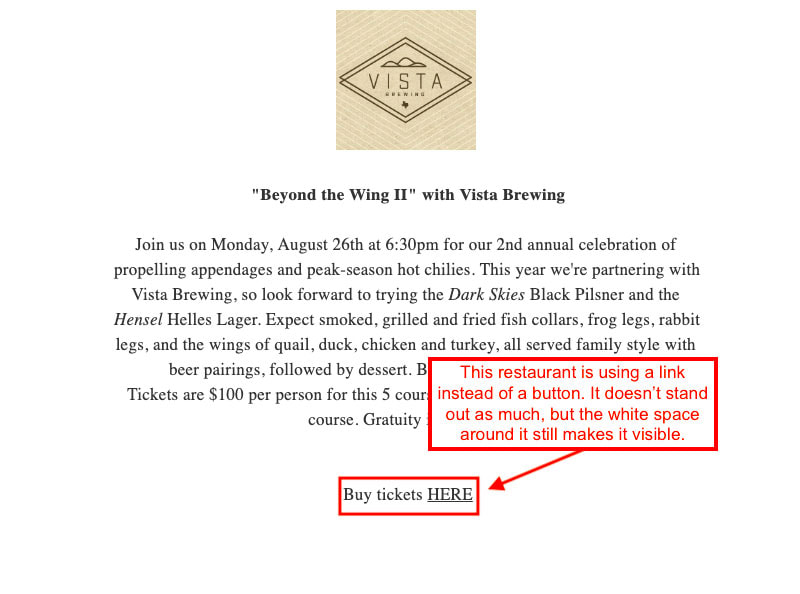
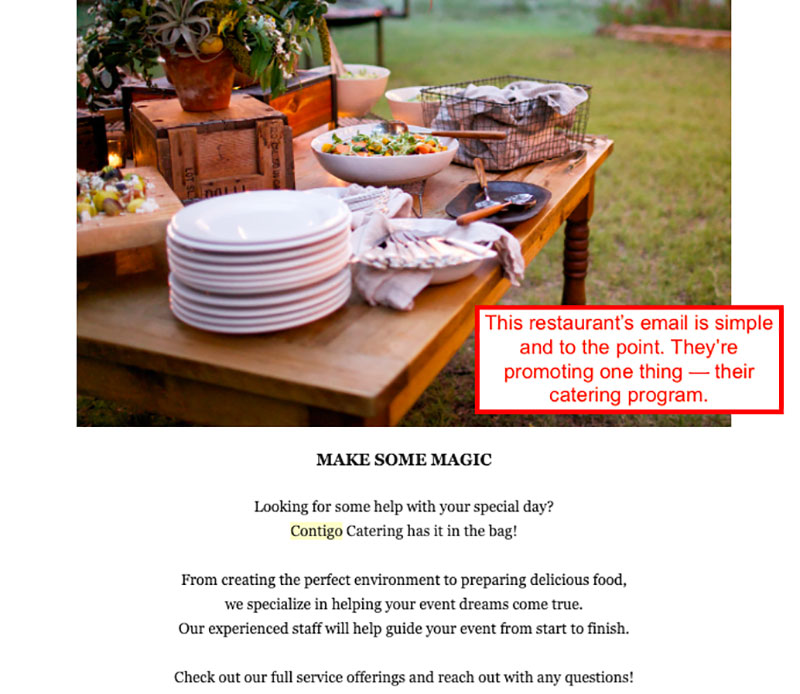
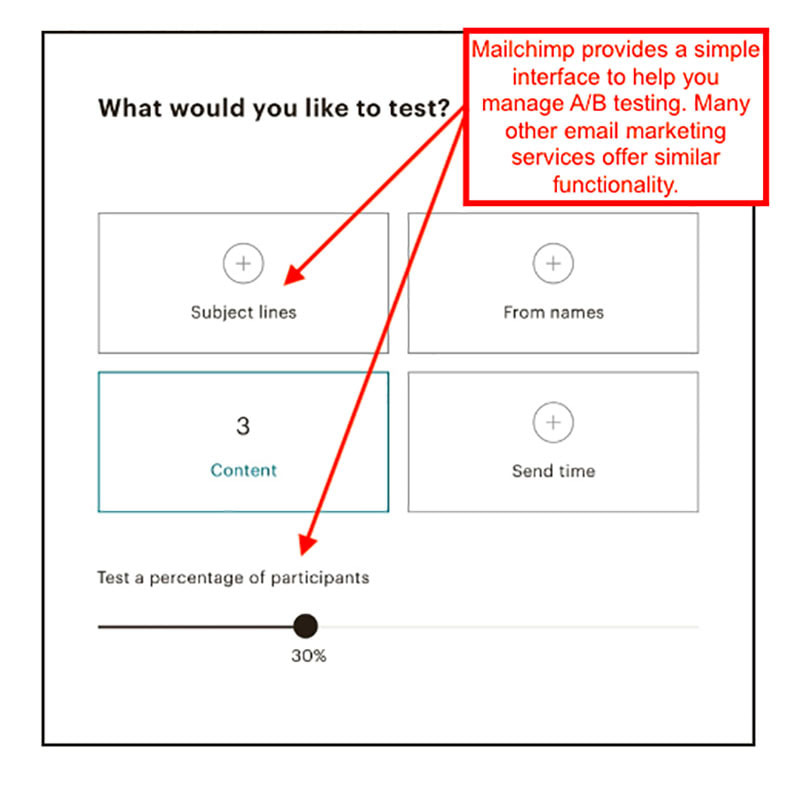


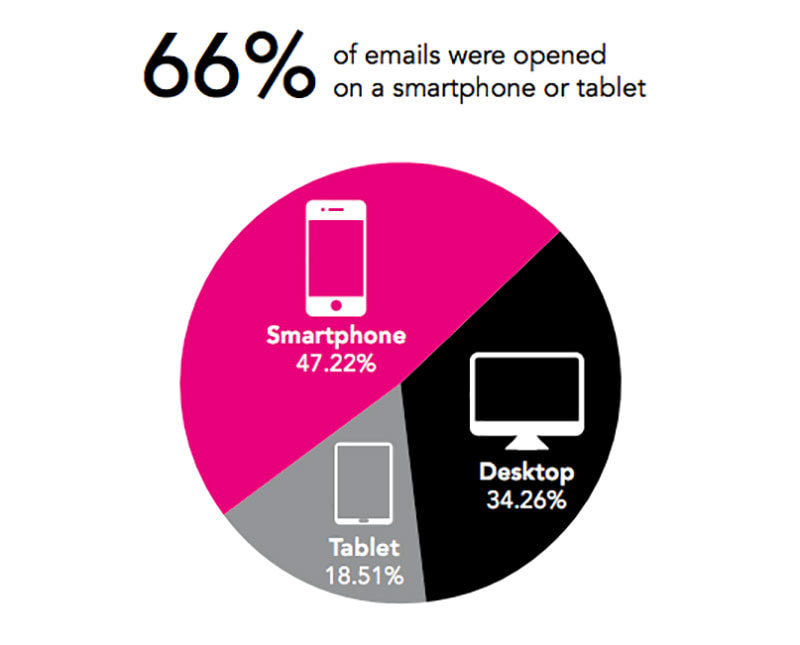


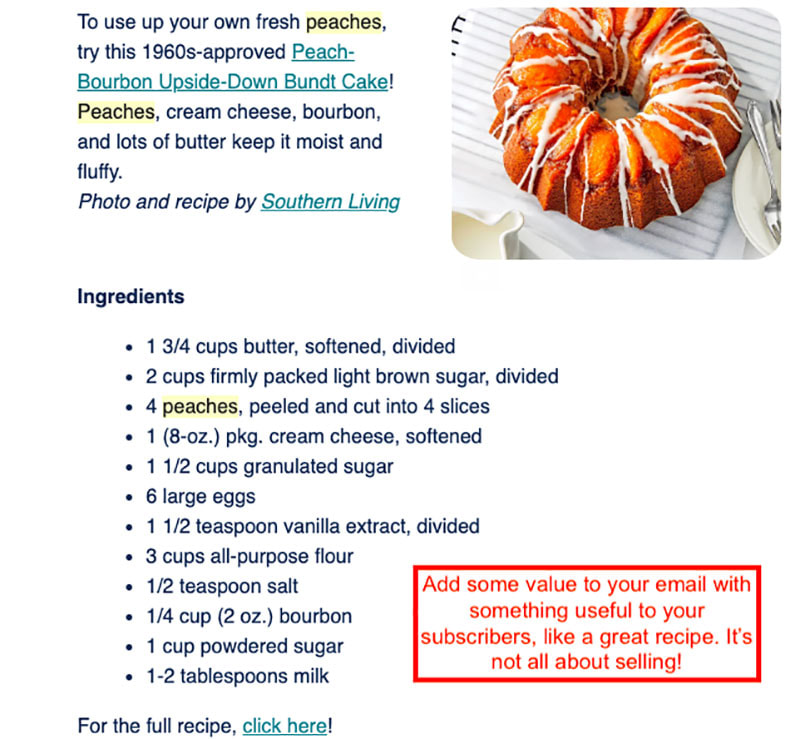


 RSS Feed
RSS Feed
